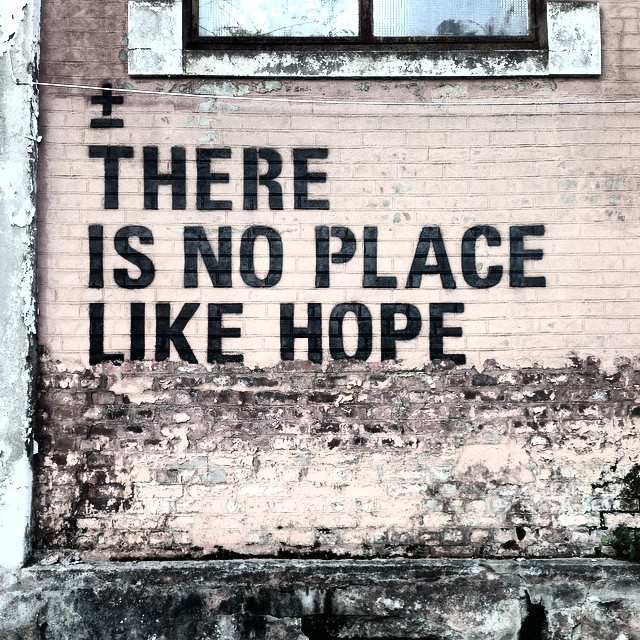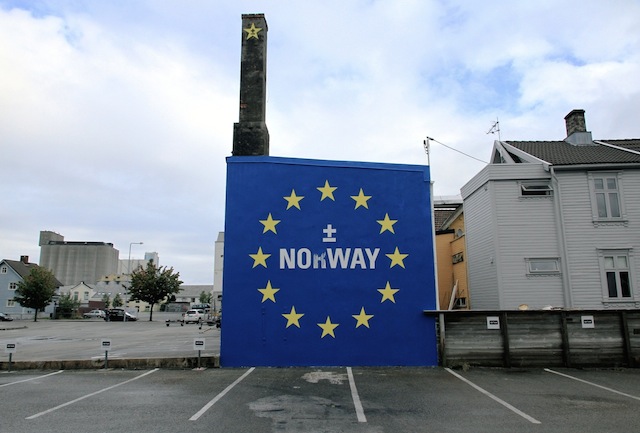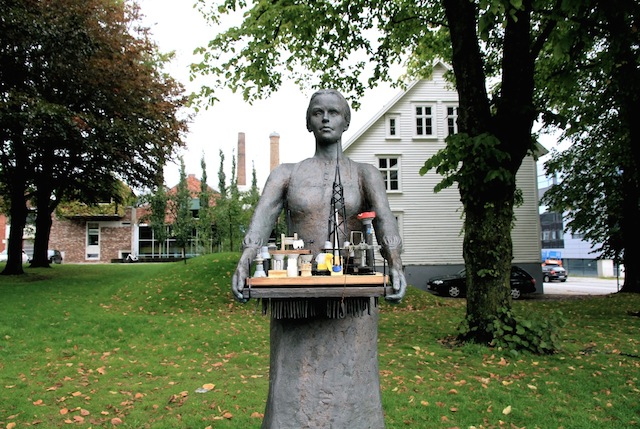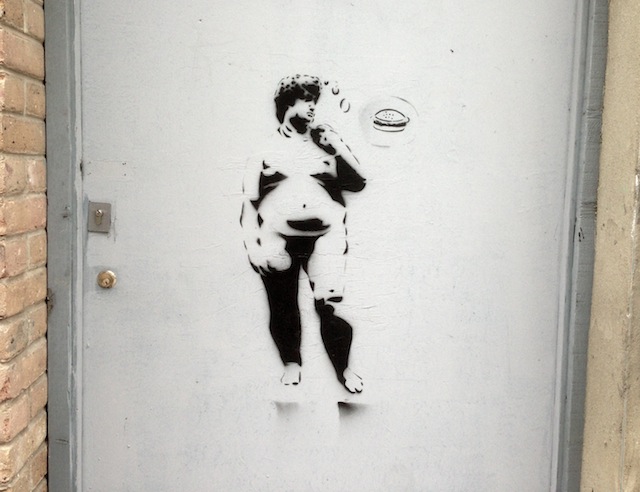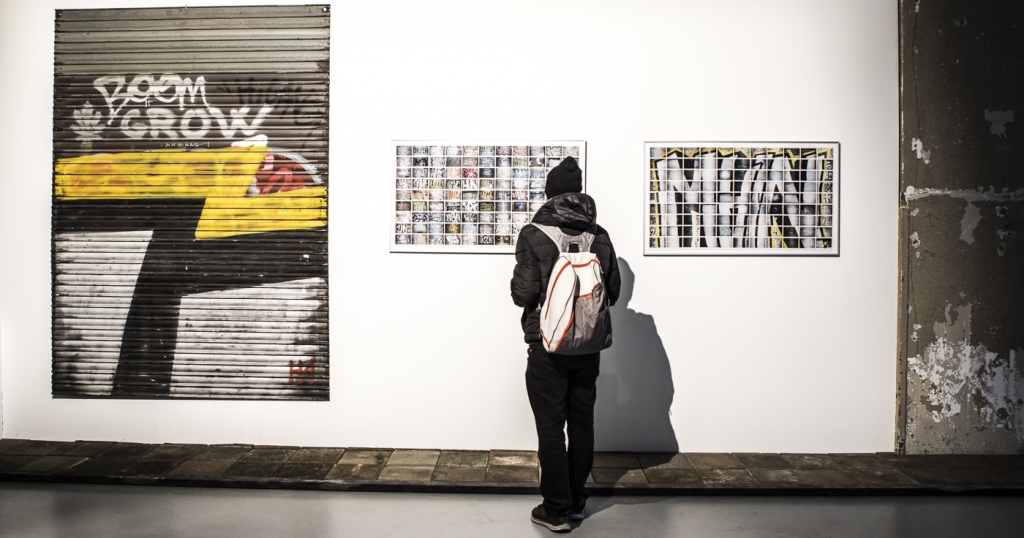
At first, graffiti writers wrote on walls to get their names up. Then, they wrote on trains because those trains traveled all over the city, and got their names up all over. Soon, they started snapping photos and mailing those photos to friends in other cities, to get their names known there. That evolved into zines and books, and the culture (and certain names) spread even further. All the while, styles of writing evolved to fit those new communication tools. And then the internet came along. #ViralVandals, an exhibition open now at MU artspace in Eindhoven, considers how graffiti writers have responded to the internet, social media, VR, and other new technologies. It’s a familiar question for me, as it was also the inspiration for my book Viral Art.
MU #VIRALVANDALS from stichting MU on Vimeo.
It’s exciting for me to see curators Jasper van Es & Good Guy Boris thinking about some of the questions that I looked for Viral Art, and to see how they see the scene having evolved in the years since Viral Art was published. Plus, their focus is more on graffiti while mine was on street art. Which is all to say, I’ve been looking forward to seeing #ViralVandals since I first heard about the idea for it, almost a year ago.
That will finally be happening later this week, when I’ll be in Eindhoven at the invitation of MU artspace and EMOVES to participate in a panel about #ViralVandals with Good Guy Boris (The Grifters), Mathieu Tremblin, and Mick La Rock. I dunno how many Vandalog readers we have in the Netherlands, but I hope to see a few of you there.

